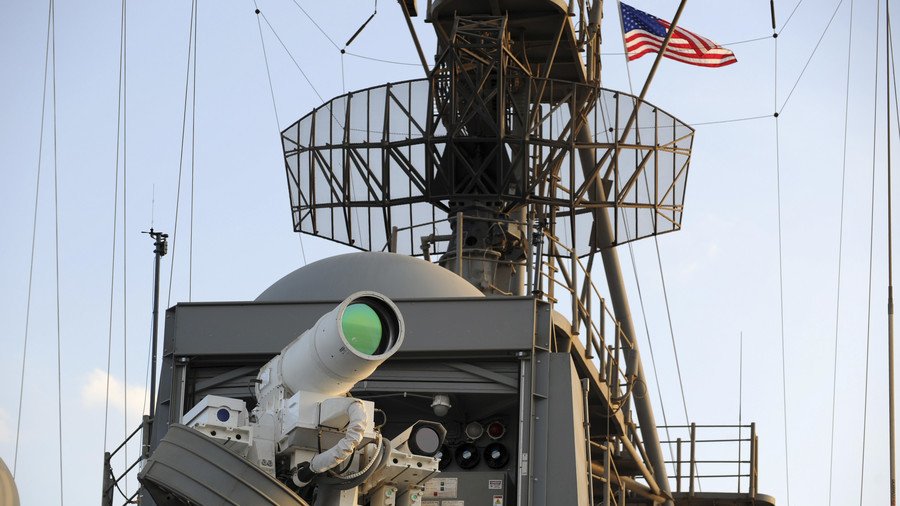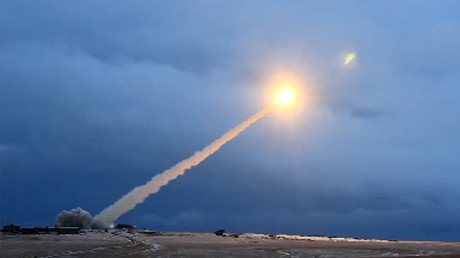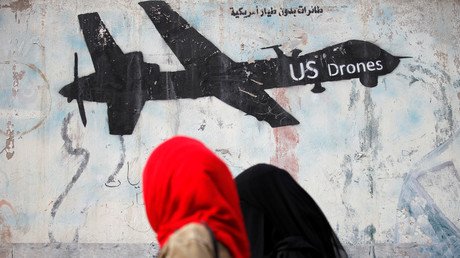Pentagon to spend up to $1bn on drone-blinding laser

The US military is developing a high-powered laser to blind spy drones. Defense giant Lockheed Martin has been handed a $150 million contract with nearly a billion dollars worth of additional contracts in the pipeline.
The HELIOS (High Energy Laser and Integrated Optical-dazzler with Surveillance) program will see two giant lasers built by 2020 to counter other nations’ unmanned reconnaissance aircraft by blinding their cameras. One laser will be test-mounted on a US Navy Arleigh Burke-class destroyer, while the other will be put through its paces at the White Sands Missile Range in New Mexico.
The system will also have tracking cameras and sensors to detect hostile aircraft, potentially nullifying radar stealth technology employed on fifth-generation warplanes like Lockheed Martin’s own F-35 Lightning II fighter jet. The contract includes options for another $942 to be spent developing HELIOS further, Lockheed Martin said.
The deal for the experimental weapon was announced on Thursday, the same day that Russian President Vladimir Putin revealed revolutionary new weapons under development in Russia, including a laser weapon of unknown potential and hypersonic missiles that could defeat existing Western countermeasures.
Building a laser weapon is “a watershed moment for directed energy,” said Lockheed Martin senior fellow Rob Afzal, as quoted by Bloomberg. “Laser weapons systems have been desired for decades. One of the missing pieces to actually deploying laser weapons was that we didn’t actually have a laser that was powerful enough and small enough and efficient enough.”
Lockheed Martin Vice President Michele Evans, who also serves as the general manager of the firm’s Integrated Warfare Systems and Sensors division, said Helios combines laser weapon, intelligence, surveillance and reconnaissance (ISR) and counter-unmanned air system (UAS) capabilities.
The US already leads the way in unmanned combat air vehicle (UCAV) technology, and controversially uses armed drones to execute suspected terrorists, including US citizens in other countries, without their governments’ consent.
READ MORE: Pentagon wants to know real cost of the F-35, its most-expensive weapons system ever
With a projected $1.5 trillion dollars spent over its lifetime, the F-35 is the most expensive weapons system ever built. But critics say it has inferior performance to the four tried and tested aircraft models it was designed to replace: the F-16 Falcon, F/A-18 Hornet, A-10 Warthog tank buster and AV-8 Harrier II jump-jet.
Think your friends would be interested? Share this story!














